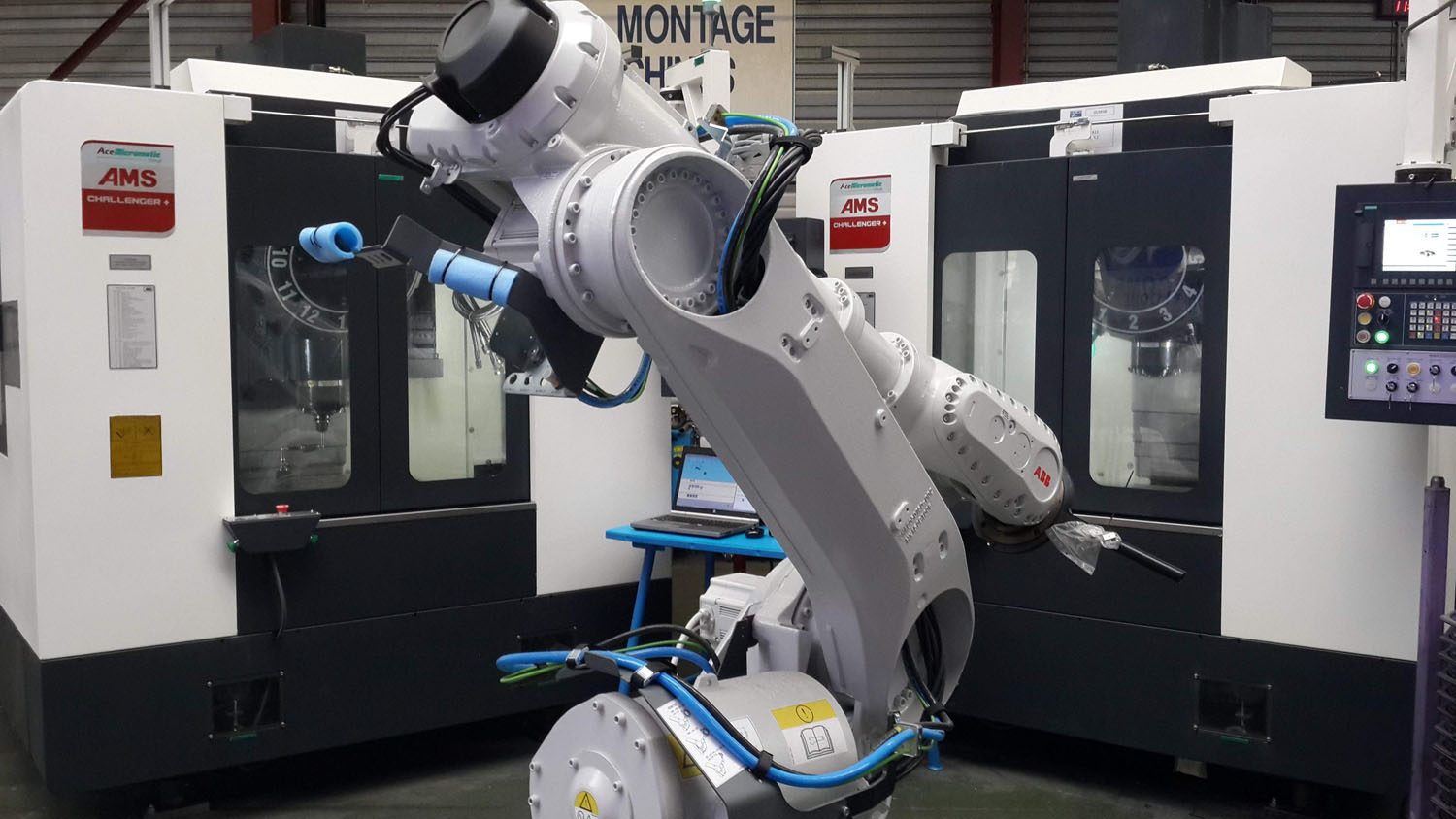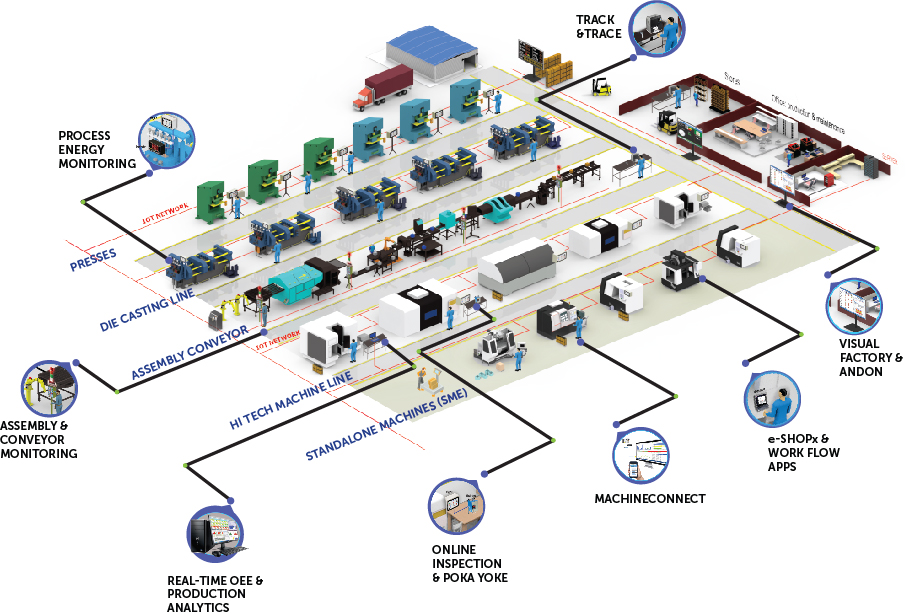Digitization for Upping Productivity

A deliberation on a practical approach towards productivity improvement and how digitization can help in the process…
Productivity is accurately defined as a ratio of output volume in standardized units to input volume in the same units and is simply a measure of how efficiently diverse production inputs are being used to produce a given level of output. However, when we talk of workplace productivity, we are referring to how much is accomplished in a specific work environment over a specific period. We expect and want workplace productivity to keep getting better and be maximized (optimized) in mature businesses. The market for mature products and services keeps getting more complex and challenging normally.
We are beginning to see machines with robotics, cell automation and more for higher output but we have a
long way to go in the areas of continuous productivity improvement, predictability and flexibility requirements.
Throw into this a black swan event like Covid-19 and it is something else. The attempt being made here is not how to deal with extraordinary situations but to look for a practical approach to productivity with automation, connectedness, data, information, and accomplishment in a wholesome manner that could be starting from the center and branching out or alternately starting at the pain points and merging into the central system. Wholesome performance accomplishment is not unidimensional. It is not just the productivity improvement. It is productivity along with quality, flexibility, transparency that makes an agile work environment empowering to its people and customer.

Amplifying productivity
If we take the metal cutting component manufacturing business, machining is the core activity. Cost and the technicalities of machining metals matter but from the workplace productivity perspective, there are hundreds of issues that impact it, which are overlooked and, when addressed, give huge gains cost-wise. What is needed here is looking deeply at the relevant data, a process to make the data meaningful, and an index to show direction. This kind of significant connectedness is strictly not productivity but is a true productivity amplifier. So how we go about this is not normally a one-size-fits-all approach but understanding the unique requirements and adapting to universal standards to get the best of both worlds.
From the Indian perspective, we observe our customers have only some basic understanding of the linkages and experimentation, the adaptation, on the other hand, has been slow and painful. The reasons are largely to do with diverse unconnected equipment, unavailability of infrastructure like connectivity and other last mile issues. Incompetence and the inability to chart a roadmap are the key causes. However, over the last two years, there has been fair progress. Companies are adopting it by connecting devices on their equipment for tracking specific outputs like cutting time, idle time, the number of parts produced etc.

The initial automation adaptation was in the areas of machine tending, painting, cleaning washing etc. Now there exists huge possibilities in hazardous areas, repetitive environs etc. in line with social needs. We are beginning to see machines with robotics, cell automation and more for higher output but we have a long way to go in the areas of continuous productivity improvement, predictability and flexibility requirements.
Data as an asset and fuel for productivity gains and flexibility is still in its infancy. Informed decision-making, even in part tracing, scheduling, process tracking on shop floors, is yet to be appreciated and used. Here, it is important to understand the data while manufacturing products. The other aspect is the data from the product while it is being used by its customers. This feedback is of immense impact and will revolutionize design manufacturing and even the business model of how the product will be monetized for new service opportunities and business models.
We need to be clear about what do we want to do with digitization and what are we trying to solve.
Then comes the business impact – flexibility, agility, time to market etc. – each leading to workplace productivity.
Typically, digital transformation is a continuous, long-term initiative with milestone markers. The engagement into it needs to evolve along the way. Thus, it is very important to have a partnering approach with creative financing as we move on. An evolving methodology – right from budgeting to tranche funding, and its accounting – is crucial to make it viable. Digitization investments also have high obsolescence rates and a clear understanding. Tight monitoring and speedy implementation from the successful pilot to full scale is the key. Pilot scope expansions and any retardant to implementation are what one needs to be very careful about. Summing up, we need to be clear about what do we want to do with digitization and what are we trying to solve. Then comes the business impact – flexibility, agility, time to market etc. – each leading to workplace productivity.

Source: Ace Micromatic Group





 Facebook
Facebook Twitter
Twitter Linkedin
Linkedin Subscribe
Subscribe